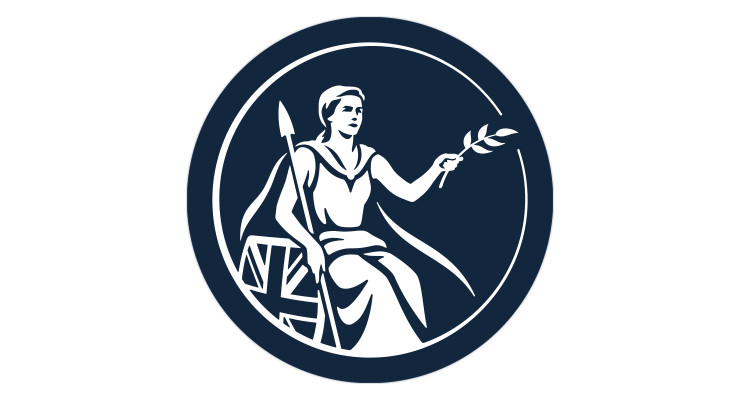The Essential stages of Effective Risk Management
Every project manager or Team leader handle certain risks on daily basis. If you understand how to detect the systematic risk in the management process. That allows your project to run smoothly and get positive practice to the involved persons. If you ready to handle the risks which create opportunities. Then, you can make your project smarter, efficient and profitable. All risk management follow common steps. Sometimes, different terminology is used to explain these steps.
Effective Risk Management Stages
Together risk management process combines in delivering simple and efficient management process. So how do you handle simple risk management project, in the same manner, you do anything in managing a project. You make risk management plan. It’s all about the process.
The following is brief introduction to the effective risk management
Create Frame or background
Creating a frame includes planning the process and mapping the scope of the exercise. The identification of stakeholder objective helps to understand in which risk the company project manager should focus while defining the framework in the stage of identification and analysis.
Risk identification
Risk identification allows identifying the risk involved in the process so that operating team will be aware of common problems. Risk identification should be undertaken as early as possible. But, it should be repeated frequently at every stage. There is ‘n’ number of technique you can use to find project risks. When you are trying to minimize the risk it is always good to trust your insight.
Risk Analysing
Once risk is identified they must be assessed to their possible severity of loss and to the probability of occurrence. This measure is helpful in terms of achieving goals and objectives, this enables operations to commit resources and to manage the most important risks.
Risk Transfering
Risk Transfer means that the ordinary party transfers whole or part of the losses of risk exposure to another party for a cost. There is a certain technique in which risk can be transferred.
Risk Avoiding
Avoid the risk from the situations which may lead to losses in another way, Includes not performing an activity that could carry risk. Not entering into business to avoid certain risk also avoid the possibility of earning a profit.
Risk controlling
Risk can be controlled either by prevention or control losses. It includes control requests when changes in risk status or risk plans could shake the accessibility of the service.
Risk tracking and reporting
Risk tracking monitors the status of specific risks and the progress in their particular plans.Risk tracking includes monitoring the probability, impact, exposure, and other measures of risk for changes that could alter risk importance plans and ultimately the availability of the service. Risk reporting ensures that the operations team, manager, and other stakeholders to aware of the status of top risks and the plans to manage them.
Risk learning
Risk learning validates the lessons learned and uses tools to capture, categorize, and index that knowledge in a refillable form that can be shared with others.
Reviewing and evaluating
The initial part of risk management will not be perfect. Through practicing, experiencing an actual loss of data will helps to make changes in the plan and make possible decision to be made in dealing with risk being faced.
Conclusion: Above was the best practices and stages adopted by PMI’s-Risk Management Professionals. These risk management stages, helping professionals to reduce and remove the risk from the project, guiding them to achieve the project scope efficiently. Individuals who manage risk as part of their job role and are eager to continue their career in the field can opt for the PMI-RMP certification training workshops to pass the Risk Management Professional exam conducted by Project Management Institute.
Written by support@graspskills.com









